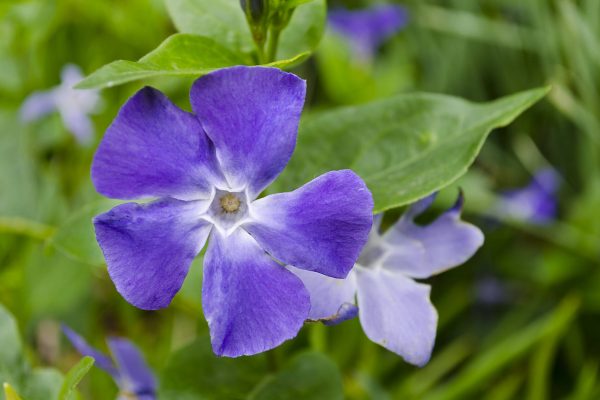Project Report For Bell Flower Plant
Introduction
Project Report For Bell Flower Plant is as follows.
The Latin word “Campanula,” which means “bell,” is the source of the English term “campanula.” This plant is also known as bell flower. A common way to express gratitude is with a flower. This plant may mean a number of things. It is also used as a metaphor for affection, steadfastness, and enduring love. Give this gorgeous, romantic flower to someone you will cherish for the rest of your life. They are linked to gentleness and modesty as well. The flower is renowned for its ability to enhance conventional bouquets.
One of the characteristics that distinguishes bellflower plants is their adaptability. They can be grown as garden plants, border plants, or indoor plants. Bellflowers range in size from small groundcovers to three-foot-tall plants. Because they are relatively easy to grow and maintain, bellflowers are a popular choice for gardeners of all levels of experience. These plants thrive in light conditions ranging from partial shade to full sun and prefer well-draining soil. Bellflowers are not only beautiful, but they also possess some intriguing qualities. Some bellflower species, like Campanula rapunculoides, have been utilised medicinally. Kidney stones and urinary tract infections have both been treated with this plant’s diuretic roots.
Bellflowers are employed in folklore and cultural practices all over the world. These flowers are linked to humility, gratitude, and enduring love in many cultures. Bellflower plants have a number of distinctive characteristics that make them a diverse and special class of plants. Bellflowers are a charming and unique addition to any garden or home with their delicate bell-shaped flowers and associations with love and luck.

Types of Bell Flowers Plants
- Bluebells (Hyacinthoides non-scripta): One of the most well-known and often used bellflower species is the bluebell. Their bell-shaped, light blue blossoms flutter in the wind as they dangle haphazardly from their upright branches. In North America, they’re typical.
- Serbian Bell Flower (Campanula poscharskyana): The brilliant blue and lavender-blue flowers on this very resilient cultivar have the exact form of a star and are very easy to care for.
- Adriatic Bell Flower (Campanula garganica): These plants, often referred to as “Dickinson’s Gold,” have violet-blue blooms that develop into a pointed star form with five petals. They soon disperse and encircle a huge region. Additionally, they can resist a little cold.
- Leaved Bell Flowers (Campanula persicifolia): Peach-leaved bellflowers are popular among home gardeners because they bloom all year long and have the power to attract pollinators like bees that help pollinate gardens. Despite its name, this plant’s flowers really develop in a light purple colour.
- Dalmatian Bell Flower (Campanula portenschlagiana): This variety features an abundance of purple blooms, and the leaves is evergreen. It thrives in locations with direct sunlight.
- Canterbury Bells (Campanula medium): These plants produce an abundance of beautiful pink bell-shaped flowers that are attractive to bees, butterflies, and hummingbirds. They prefer full sun and require just minimal upkeep.
Project Report Sample On
Bell Flower Plant
Get Completely Custom Bankable Project Report
Market Potential Of Bell Flower Plant
The Indian floriculture market, which is expected to be worth INR 187.6 billion in 2020, is assisting in the growth of the Indian exotic flowers market. The floriculture industry is expected to grow at a CAGR of around 19.5% between 2023 and 2028, reaching a value of around INR 546.4 billion by 2026.
Local florists and itinerant sellers dominate the unorganised sector of the Indian flower industry, accounting for nearly 85% of all flowers sold on the road. However, due to the rise of online shops specialising in selling a wide variety of local and exotic flowers, the organised sector is expected to grow in the coming years.
Consumption of exotic flowers is rising in India, and demand is even higher in major cities because of increased consumption on special occasions like Valentine’s Day, birthdays, festivals, anniversaries, and religious ceremonies, among others.India’s major cities, including Delhi, Bengaluru, Mumbai, Kolkata, and Hyderabad, all have significant markets. During the festival and wedding seasons, these areas see an increase in demand. The increasing adoption and use of intricate exotic flower arrangements by the country’s leading hotels is also benefiting the Indian market.

